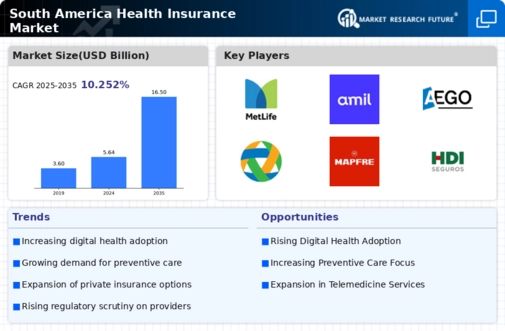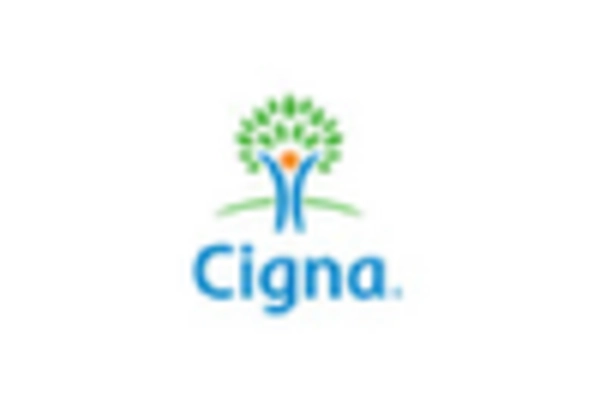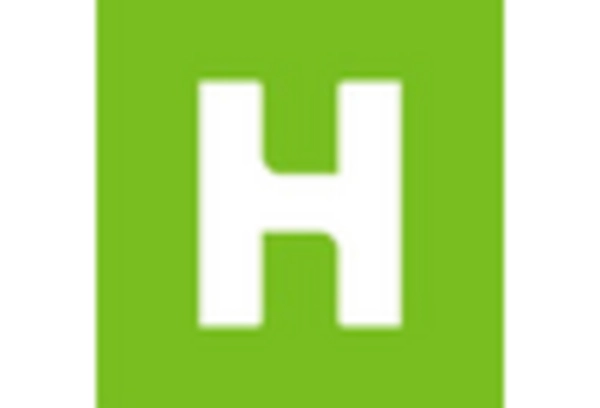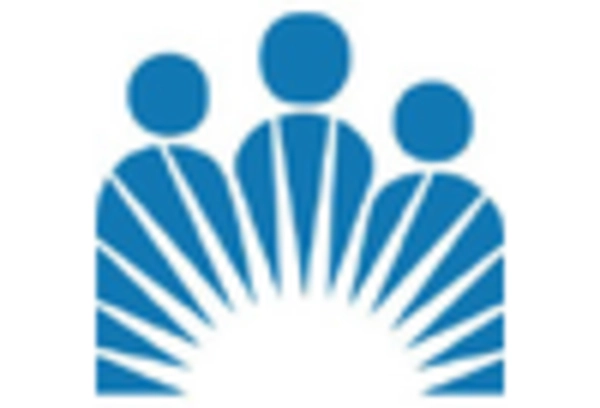The health insurance market in South America is characterized by a dynamic competitive landscape, driven by increasing demand for comprehensive healthcare solutions and a growing emphasis on digital transformation. Major players such as UnitedHealth Group (US), Allianz (DE), and AXA (FR) are actively shaping the market through strategic initiatives aimed at enhancing service delivery and expanding their customer base. UnitedHealth Group (US) has focused on integrating technology into its service offerings, which appears to enhance patient engagement and streamline operations. Meanwhile, Allianz (DE) emphasizes sustainability and innovation, positioning itself as a leader in environmentally responsible health insurance solutions. These strategies collectively contribute to a competitive environment that is increasingly focused on customer-centric approaches and technological advancements.
Key business tactics within this market include localized service offerings and optimization of digital platforms to improve customer experience. The competitive structure is moderately fragmented, with several key players vying for market share while also collaborating on various initiatives. This fragmentation allows for a diverse range of products and services, catering to the unique needs of different demographics across the region. The influence of major players is significant, as they set benchmarks for service quality and innovation, thereby shaping consumer expectations and industry standards.
In October 2025, Allianz (DE) announced a partnership with a leading telehealth provider to enhance its digital health services. This strategic move is likely to improve access to healthcare for policyholders, particularly in remote areas, and aligns with the growing trend of telemedicine adoption. By integrating telehealth solutions, Allianz (DE) not only expands its service portfolio but also positions itself as a forward-thinking insurer that prioritizes accessibility and convenience for its customers.
In September 2025, AXA (FR) launched a new health insurance product tailored specifically for small and medium-sized enterprises (SMEs) in Brazil. This initiative reflects AXA's commitment to addressing the unique needs of SMEs, which often struggle to provide comprehensive health coverage for their employees. By offering customized solutions, AXA (FR) enhances its competitive edge and demonstrates an understanding of the local market dynamics, potentially increasing its market share in this segment.
In November 2025, UnitedHealth Group (US) unveiled a new AI-driven analytics platform designed to optimize claims processing and improve fraud detection. This technological advancement is indicative of the broader trend towards AI integration within the health insurance sector. By leveraging AI, UnitedHealth Group (US) aims to enhance operational efficiency and reduce costs, which could lead to more competitive pricing strategies in the future. This focus on technology not only streamlines internal processes but also enhances the overall customer experience.
As of November 2025, the health insurance market is witnessing a shift towards digitalization, sustainability, and the integration of advanced technologies such as AI. Strategic alliances are increasingly shaping the competitive landscape, enabling companies to pool resources and expertise to deliver innovative solutions. The evolution of competitive differentiation is likely to move away from traditional price-based competition towards a focus on innovation, technology, and reliability in service delivery. This shift suggests that companies that prioritize these aspects will be better positioned to thrive in an increasingly complex and competitive environment.


















Leave a Comment